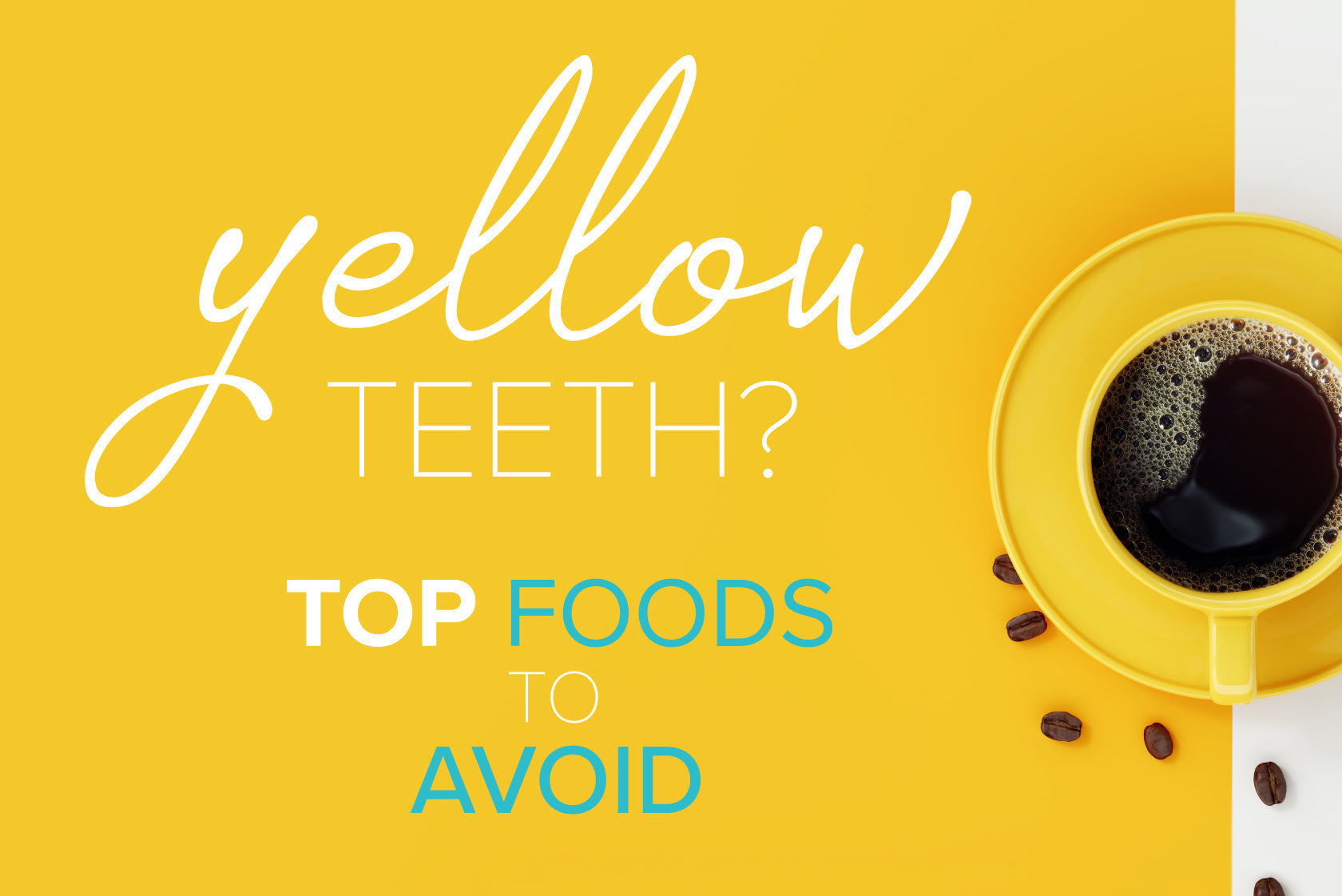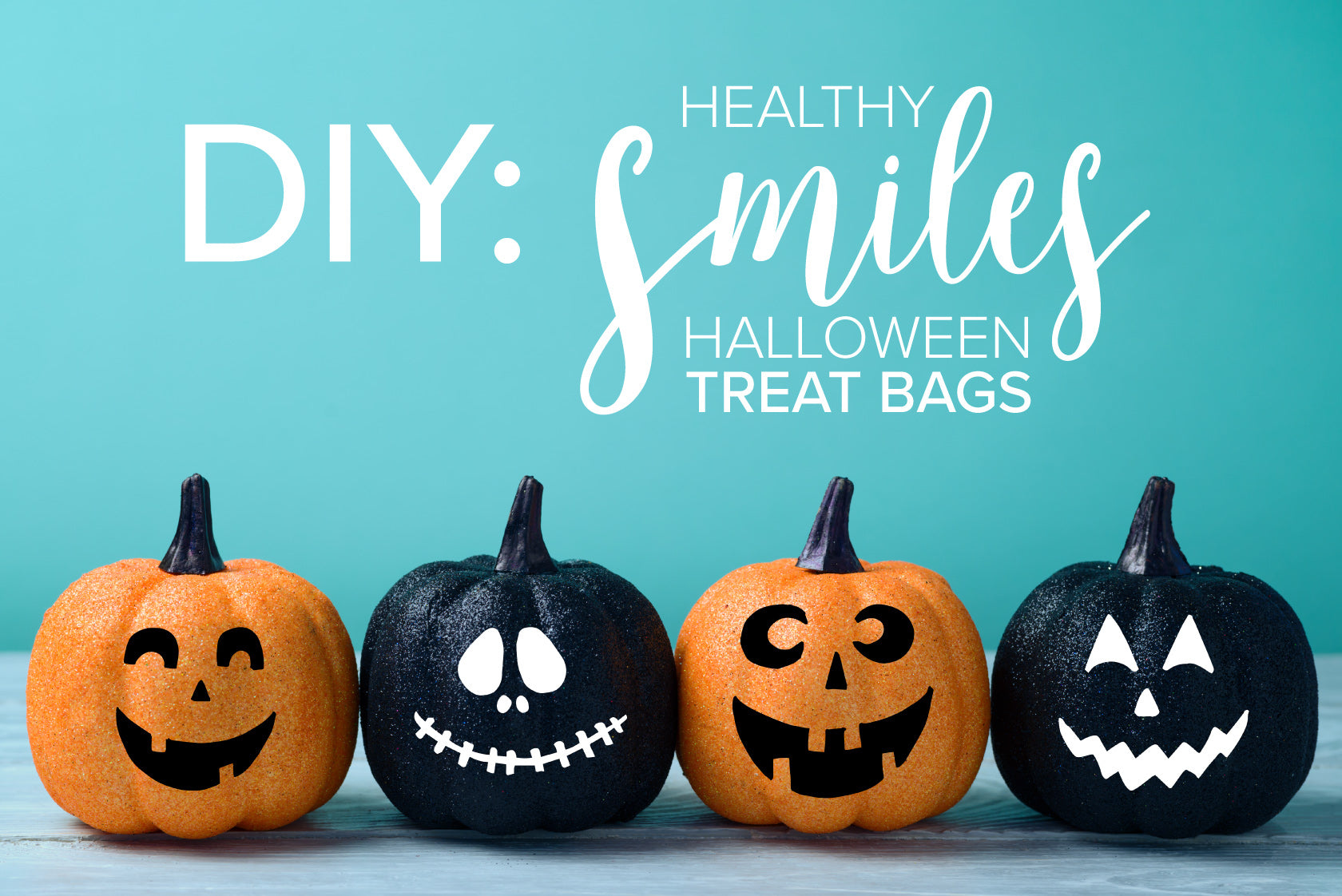“You have a cavity.” No one likes to hear these four words when they’re in the dentist chair.
If you’re prone to tooth decay and cavities, it can be super frustrating … not to mention expensive.
The good news is, you can change all that starting right now!
Welcome to Tooth Decay 101: How to Never Get Another Cavity. (Don’t worry – there’s no pop quiz afterwards.)
What Causes Cavities Anyway?
Cavities, also known as “dental caries” are little holes in the teeth caused by tooth decay.
It all starts with plaque, that clear, sticky substance that clings to the teeth. Plaque forms from eating a lot of sugars and not cleaning the teeth properly.
If you let plaque build up, it releases acids into the mouth. Acid erodes the minerals of the enamel, the outermost level of the tooth, causing decay. If the loss of enamel isn’t reversed through good diet and oral health, a cavity will form.
These factors up your risk for cavities:
- Poor oral hygiene
- Dietary choices
- Receding gums
- Dry mouth
- Age (both younger and older people are more susceptible)
- Heartburn
- Eating disorders
- Lack of fluoride
- Neglecting the dentist
Eye-Opening Facts About Tooth Decay
- Tooth decay is the #1 chronic disease in children and is 4 times more common than asthma
- 42 percent of kids ages 2 to 11 have tooth decay
- 31 percent of adults ages 20–44 have untreated cavities
- 9 in 10 adults have some degree of tooth decay
- By age 65, 95 percent of Americans have tooth decay
- Adults ages 20–64 have an average of 3.28 decayed or missing teeth
- Nearly 1 in 5 people over 65 have no teeth at all
Source: Centers for Disease Control and Prevention and National Institute of Dental and Craniofacial Research
5 Warning Signs of a Tooth Cavity
When a cavity first develops, you may not even realize you have one. But as that hole in your tooth gets bigger and deeper, these annoying – and oftentimes painful – symptoms will start to occur:
#1. Toothache
This is the most common sign of a cavity, and boy-oh-boy, does it hurt! That’s because as the hole in your tooth penetrates through the enamel (the outer layer of the tooth), it gets into the next layer, the dentin. The dentin leads to the pulp, which is in the center of the tooth. The pulp houses connective tissue and LARGE NERVES.
#2: Tooth Sensitivity to Hot & Cold
Whether it’s hot and cold foods or just breathing in cool air, tooth sensitivity often forms when you have an untreated cavity. The reason is the same as why toothaches happen. It’s the nerves in your pulp not getting protection. Read more about how to soothe sensitive teeth.
#3. Ouch! Tooth Pain When You Bite Down
When your tooth’s pulp is inflamed, any type of pressure will hurt to the core. The pulp could even be infected, damaging the root and the bone of the tooth.
#4. Visual Cues
If your cavity is big enough, you may be able to see a hole or pit in your tooth. You may also notice that your teeth are discolored:
- White spots: enamel is starting to break down
- Yellow or brown spots: tooth itself is starting to break down
- Gray or black spots: yikes – enamel is VERY damaged
#5. Pee-Yew!
Nothing associated with decay smells good, so no surprise that bad breath and cavities go hand-in-hand. In addition to bad breath, you may also notice a persistent bad taste in your mouth.
If you think you have a cavity, don’t ignore it. The problem will not go away just by wishful thinking. If you leave a cavity untreated, you will likely need an eventual root canal or even a tooth extraction. (Painful, costly and not a great look for your next selfie.)
Is Your Diet to Blame for Tooth Decay?
What you eat (or don’t eat) can be even more important than brushing and flossing when it comes to fighting cavities and tooth decay. Contrary to popular belief, teeth aren’t these mighty blocks of hard material. A tooth is actually quite porous (think sponge). It can soak in minerals (remineralize) and it can lose minerals (demineralize). Remineralizing your teeth is the key to keeping them free of decay.
The “Do” Consume List:
- Fiber-rich fruits and veggies. Saliva is your body’s natural defense against cavities, as it neutralizes acid on the teeth and prevents the buildup of bacteria. Fiber-rich foods stimulate salivary flow. Choose fruits and veggies with a crunch for even more protection, as they help scrub the teeth surfaces and clean between the teeth. Good-to-know info: the darker the veggie, the more fiber it has.
- More cheese, please. Like we need a reason to eat more cheese, right? Cheese, yogurt, milk and other dairy products are high in calcium to protect enamel and help replace minerals in the teeth. Bonus if they’re fortified with vitamin D, as this “sunshine vitamin” helps our bodies absorb and use calcium. Don’t like dairy? Egg yolks are an awesome source of both calcium and vitamin D.
- Green & black teas. Cavity studies show that components in tea help stop the bacteria in the mouth that lead to cavities and decay. Note: teas can stain the teeth, so be sure to rinse with water after consuming them.
“Consume With Caution” List
- Sugar. Bacteria feeds on sugar and produces acid. If you do have a sweet tooth, try to steer clear of the hard, sticky items like caramels and hard candies. They’re stubborn little goodies, and it’s hard for saliva to wash them away.
- Starchy Carbs. We do love us some carbs, but chips, cereals and crackers can be just as bad for our teeth as candy. These white-flour starches like to hang out and party in the mouth, eventually breaking down into sugar, forming acid. Acid is the enemy of a healthy mouth.
- Colas, fruit juices and sports drinks. These drinks are loaded with sugar and acids, which can strip your enamel and make you more prone to cavities. Pro Tip: Don’t take your time and sip these beverages over several hours. That puts your teeth into a longer period of demineralization. Drink it in a timely fashion and then rinse your mouth with water afterwards.
Best Way to Protect Against Tooth Decay?
Dental products with fluoride are arguably the best way to protect against cavities and decay. There’s just one problem, though … well, two problems to be exact.
First, many commercial dental products use stannous fluoride, which can cause yellow teeth stains. That’s just not OK! Yes, we want a healthier smile but not at the price of our pearly whites.
Second, most dental products you’ll find at the store only MASK bad breath through alcohol and artificial minty flavors. Once they wear off, boom – the bad breath is back, and oftentimes worse than ever. That’s because alcohol has a drying effect in the mouth, creating even more bacteria.
If you’re serious about protecting your smile from decay, Oxyfresh has your back.
Our exclusive line of dentist-recommended fluoride formulas (choose from toothpaste, mouthwash, or even a complete dental kit) contain a NON-STAINING neutral sodium fluoride to give you the ultimate cavity protection without damaging your white, bright smile. No dyes of any kind!
Plus, Oxyfresh dental products are ALWAYS 100% free of alcohol. Rather than covering up bad breath, our gentle, non-toxic ingredient Oxygene® neutralizes bad breath molecules completely while fighting harmful bacteria. No icky artificial mint flavors here! We use only natural essential oils for a light, clean feeling and to promote moisture in the mouth.
The result? True fresh breath, unrivaled cavity protection, and a cleaner, healthier smile every time you brush or swish!
With Oxyfresh, you can finally turn the tables on tooth decay and feel totally confident in your smile.





